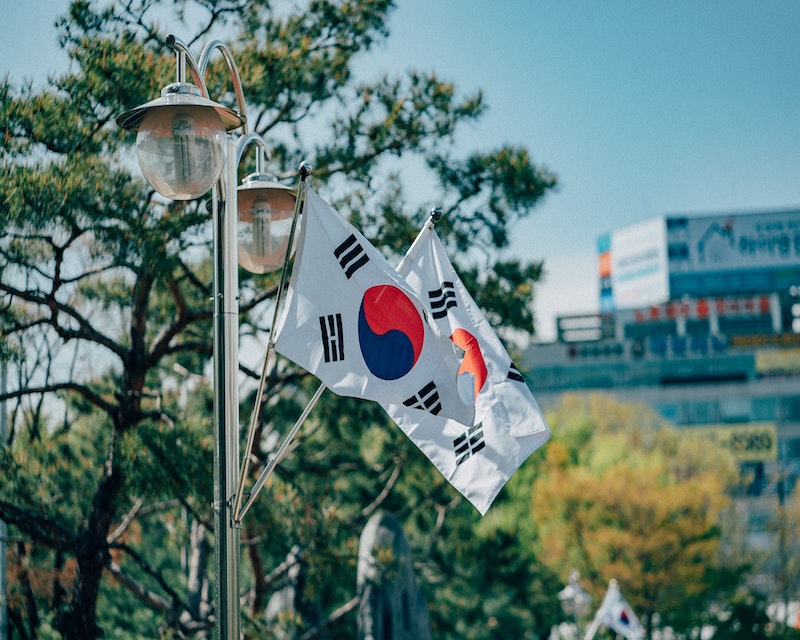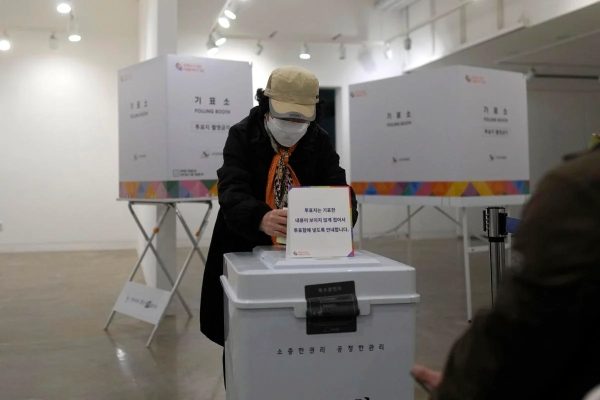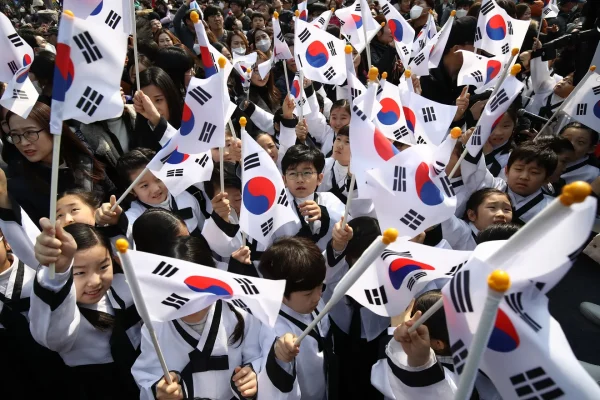Koreans revisit history of Samil-day on its 103rd anniversary
On March 1, 1919, Korean nationalists took to the streets, leading a nationwide civil protest against Japanese occupation. 103 years later, the nation celebrates another anniversary of Samil-day, also known as Samil-Jeol.
In the 1910s, Japan ruled the Korean peninsula through military force and tried to subjugate people through violence. However, amidst such suppression, Korean nationalists declared independence and staged an independence movement. The independence movement, also referred to as the Mansae movement, spread nationwide until May 1919.
Samil-day is remembered by its 1542 rallies, 2,023,089 participants, 7,509 deaths, 15,961 injuries, 52,770 arrests, 47 burned churches, 2 destroyed schools, and 751 ruined private houses.
“It really is hard to imagine the scope of the entire movement, because there was so much passion, love, and patriotism,” Andrew Nam (11), Korean citizen, said. “The sorrowful cries resonated all over Korea and also the entire world, which stimulated support from China, the US, and other countries as well. While the massacre was a tragic part of the day, the movement continues to touch upon Korean souls to this day.”
Following the Samil-day independence movement, the Japanese changed the existing unauthorized rule to cultural rule. Furthermore, Japan started to provide more educational opportunities for Korean students through schooling and newspaper publications. While these were tactics implemented to trigger the division of the Korean people, this change rather aided Korean development in the longer run.
“Samil-day is a stellar example of the unity of Koreans during the Japanese colonial era,” Jiyu Hong (9), history enthusiast, said. “This day helped establish other social movements and organizations in the future, including the establishment of the Provisional Government of the Republic of Korea in Shanghai and the Korean liberation army. Without Samil-day and its heroes, we, Koreans, would not be living the life that we are now.”
Samil-day is also known for some of its key heroes, most notably Ryu Gwansun, a 16-year-old student who organized and participated in the Samil-day movement. For the sake of safety, teachers at Ewha Hakdang, the school Ryu attended, tried to dissuade Ryu and other students from taking part in Samil-day, but the students climbed up the school’s walls and screamed “Mansae.” While Ryu Gwansun’s accomplishments are honored to this day, she died at the age of 17 under torture by the Japanese.
“It is hard to imagine that someone my age was fighting against the Japanese and had her parents killed on the forefronts of independence,” Christine Lee (11), a 16-year-old student, said. “Often, we forget the importance of honoring our ancestors, but learning about the history of Samil-day again has taught me the value of independence. We should all embrace Samil-day as an integral part of our lives as Koreans and remember those like Ryu Gwansun who helped achieve independence.”
Ultimately, the most essential task that Koreans have nowadays is to honor the lives led by the independence activists. While raising the flag is one of the most common ways to do so, it is important to keep the flag hoisted without separating the flag from the peak and the surface and raise it between 7 a.m. and 6 p.m. By raising the flag on Samil-day, Koreans can pay respect to the independence movement and the lives that were sacrificed for the country.
“The Samil-day movement was a significant movement in that Koreans actually stood up and took a chance for independence,” Steve Nave, Contemporary Asian Studies teacher, said. “However, coming from a foreign country, I do not believe that I would be that much familiar with the movement if I were not a history teacher. Therefore, I think it is both the government and the people’s responsibility to promote the history of Samil-day more.”

Isabelle is a junior reporter for Tiger Times. She loves watching gossip girl on Netflix over and over again and loves solving weird physics problems....











